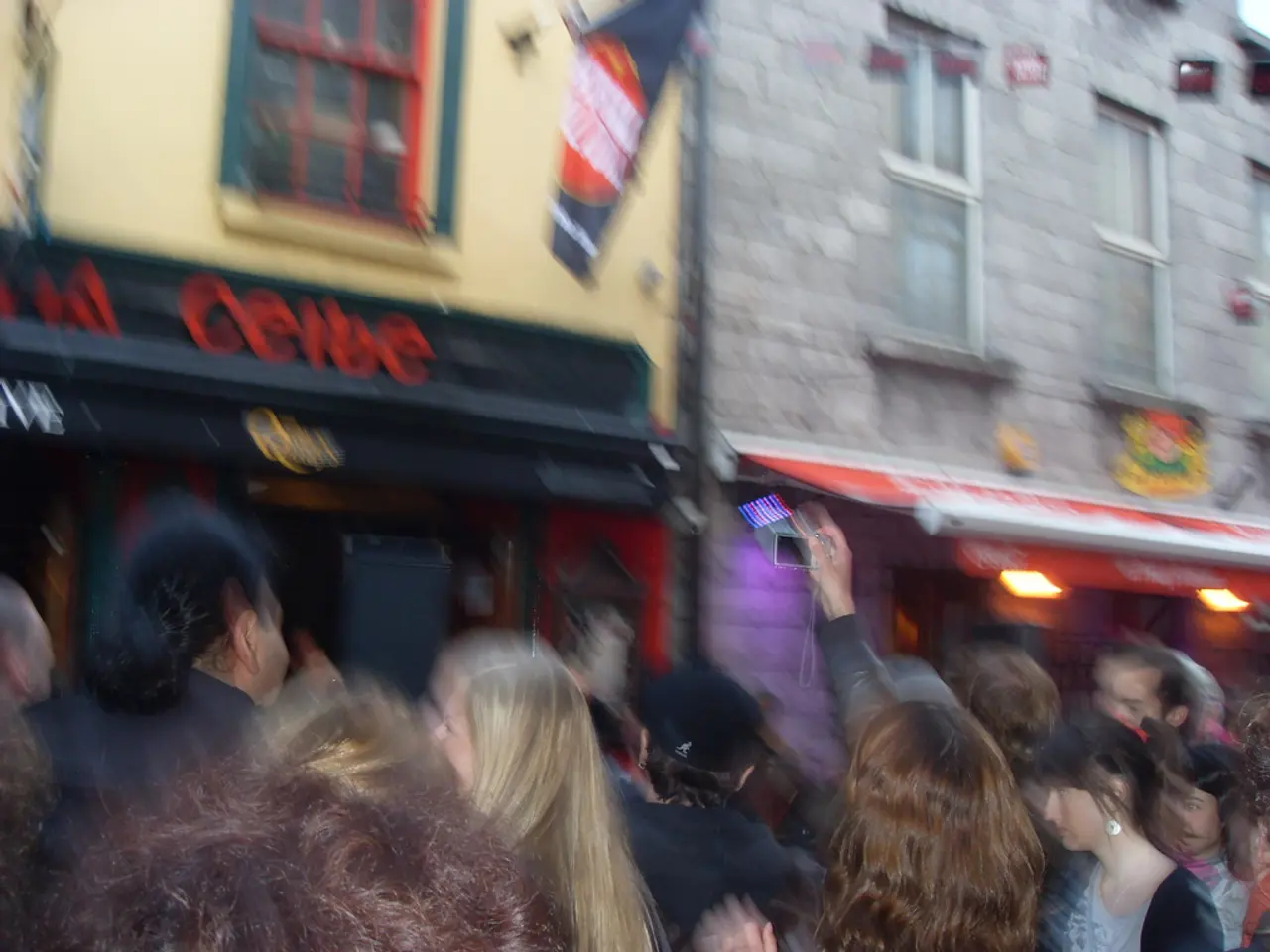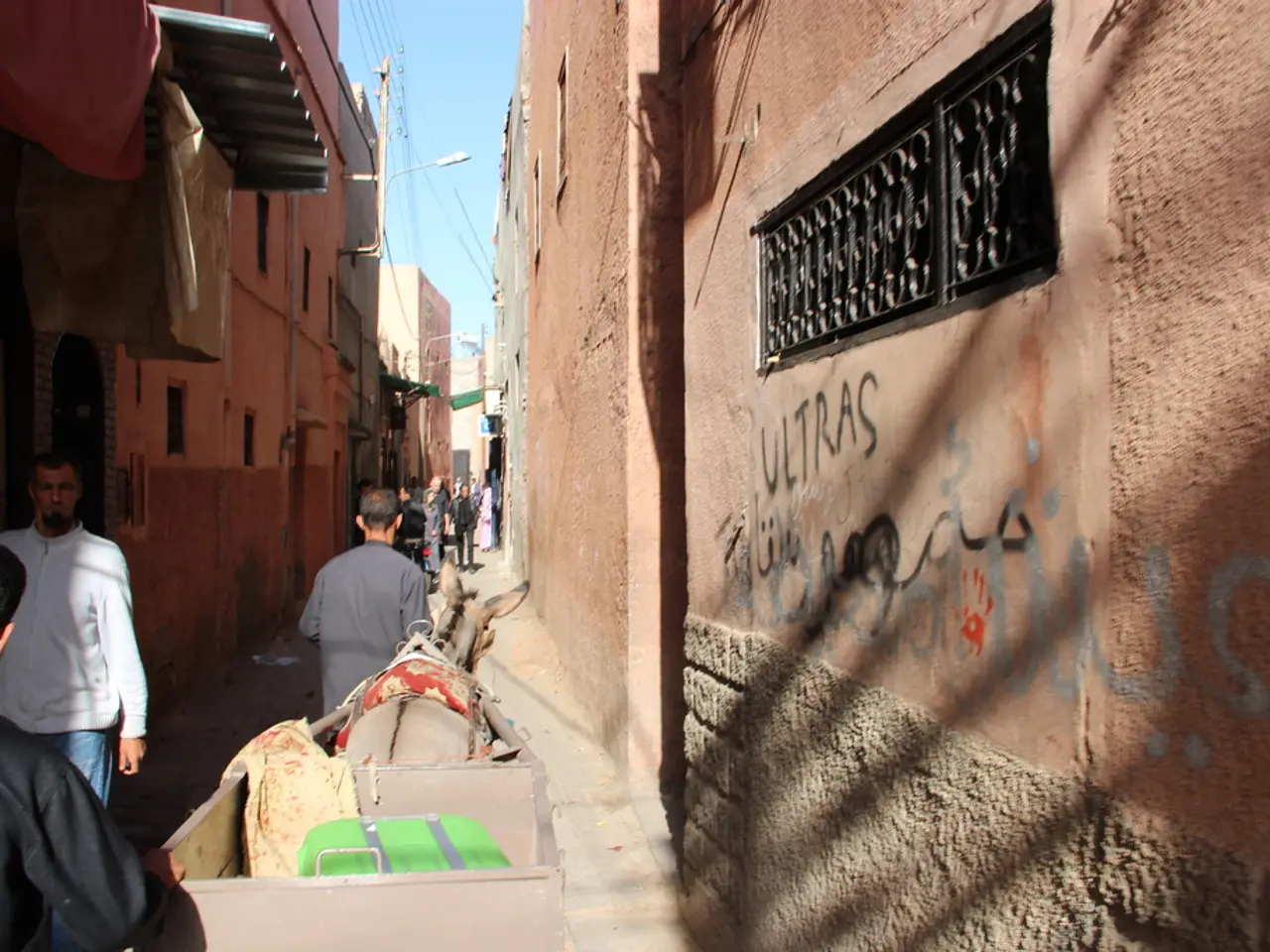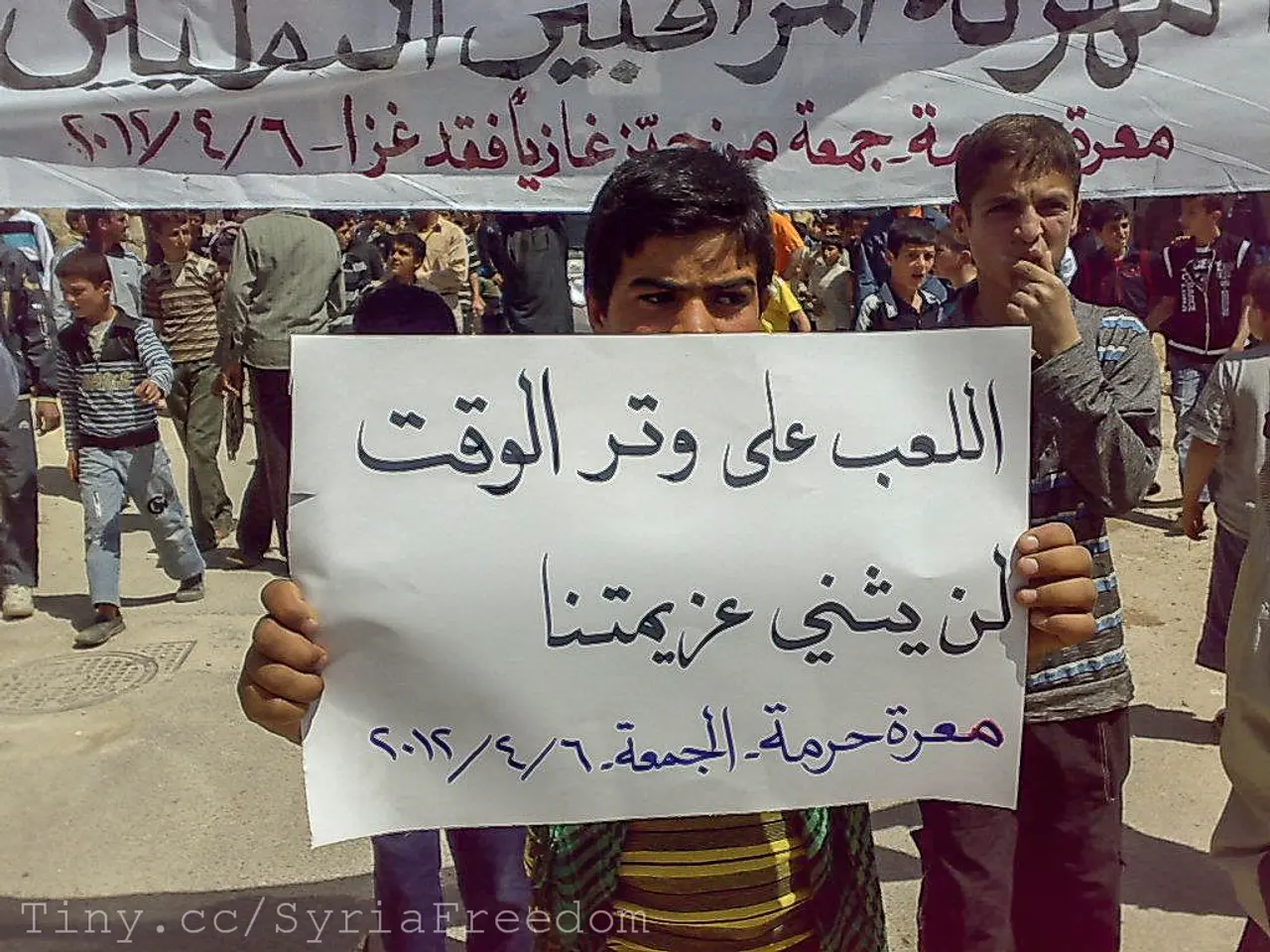Archaeological Findings at Troy Provide Insights into the Fabled Trojan War
In a groundbreaking discovery, recent archaeological excavations at Troy, Turkey, have provided strong evidence supporting the physical reality of a violent destruction consistent with the Trojan War narrative. The findings, particularly in the Late Bronze Age layers Troy 6 and Troy 7, dated around 1200 BC, have shed new light on the legendary downfall of the ancient city.
The site shows signs of a sudden and brutal war-related destruction event. Key evidence includes burnt destruction layers with charred ruins, indicating a sudden fire rather than a gradual decline. The discovery of weapons embedded in fire layers, such as arrowheads and other combat tools, further supports this conclusion.
The presence of hastily buried human skeletons within these layers suggests a catastrophic event involving human casualties likely caused by warfare. Collapsed masonry and structural damage in the citadel areas are interpreted as signs of violent assault rather than natural causes alone.
The archaeological interpretations describe the site as a likely battleground where defenders made a last stand, supported by evidence of close-quarters fighting in parts of the city. Alongside the sling stones, arrowheads have also been discovered, indicating that Troy's collapse was not a gradual decay but a violent and abrupt event.
The artifacts found outside the palace walls of Troy, including the smoothed projectiles, offer further evidence supporting the account of a violent destruction of the city. The concentration of sling stones in a small area suggests either a desperate defense or a full-scale assault on Troy.
Professor Rustem Aslan from Canakkale Onsekiz Mart University, who is leading the excavation, has stated that the concentration of sling stones in such a small area suggests intense fighting, either a desperate defense or a full-scale assault. The excavation outside the palace walls has revealed a chilling scene with dozens of smoothed river rock sling stones.
The newly uncovered evidence suggests that the destruction of Troy was anything but gradual. The unearthed artifacts date back to approximately 3,200 to 3,600 years ago, aligning with the period of the 12th century BC. Much remains unknown about the specifics of the ancient conflict at Troy. However, the charred structures, shattered weaponry, and hastily buried human remains indicate a rapid and brutal assault on Troy, rather than a slow decline.
The smoothed river rock sling stones and arrowheads found at Troy are new evidence supporting the account of a violent destruction of the city. The findings provide physical evidence that supports Greek literary accounts of Troy's violent downfall. The excavations at Troy continue to provide new evidence shedding light on the city's destruction during the Trojan War.
These discoveries bring the legendary downfall of Troy closer to reality than ever before. The artifacts offer new evidence shedding light on the city's destruction during the Trojan War, aligning closely with the traditional timeline and character of the Trojan War as narrated in ancient texts. Ongoing and recent excavations continue to expand and deepen this evidence, reinforcing the historicity of a war causing Troy’s destruction.
The recent archaeological findings at Troy provide evidence that the city's destruction was sudden and violent, indicative of a war-related event, falling under the category of general news. The discovery of burnt ruins, weapons, and hastily buried human skeletons points towards a brutal conflict that took place in the city's politics during the Late Bronze Age.
Furthermore, the archaeological interpretations, such as the presence of close-quarters fighting and the concentration of sling stones, suggest a fierce battle occurred at Troy, confirming it as a noted site for war-and-conflicts studies.






